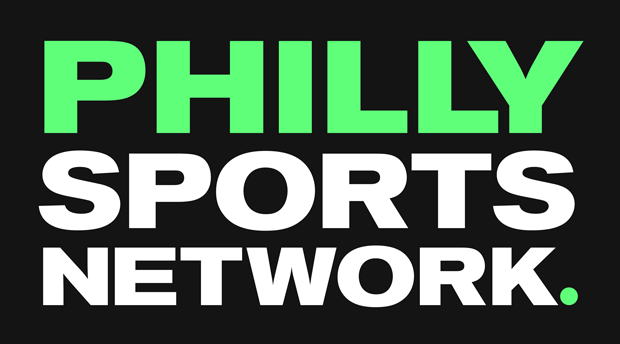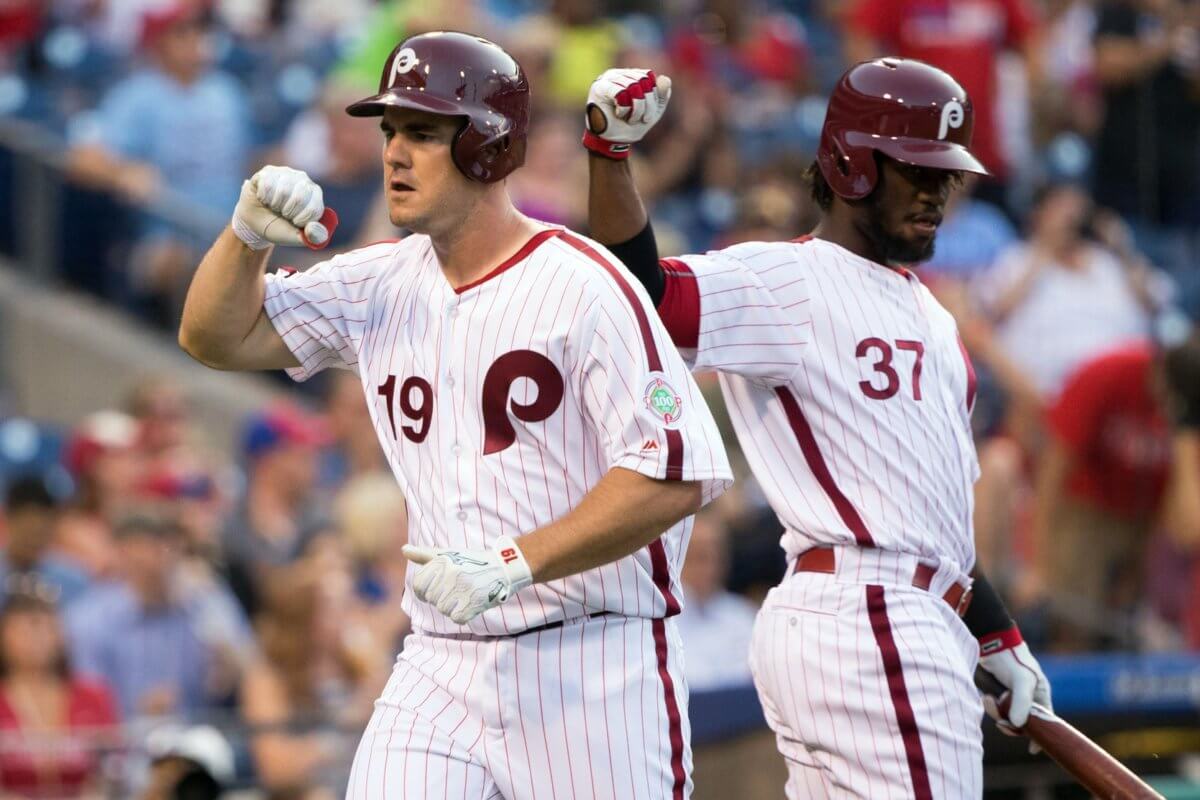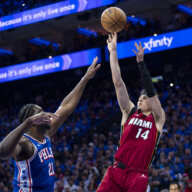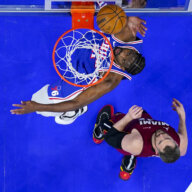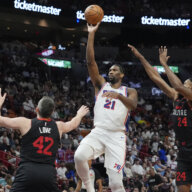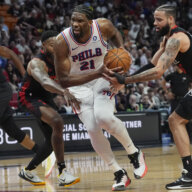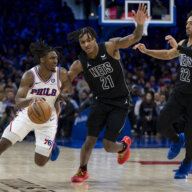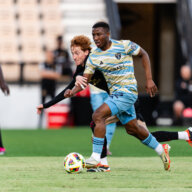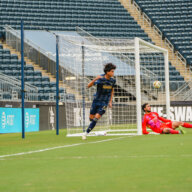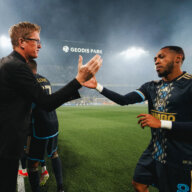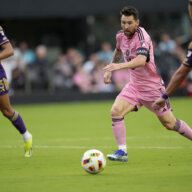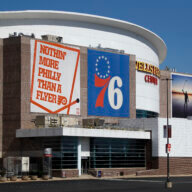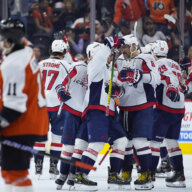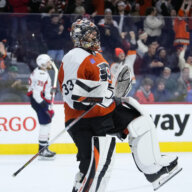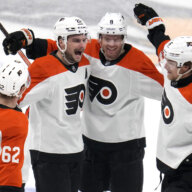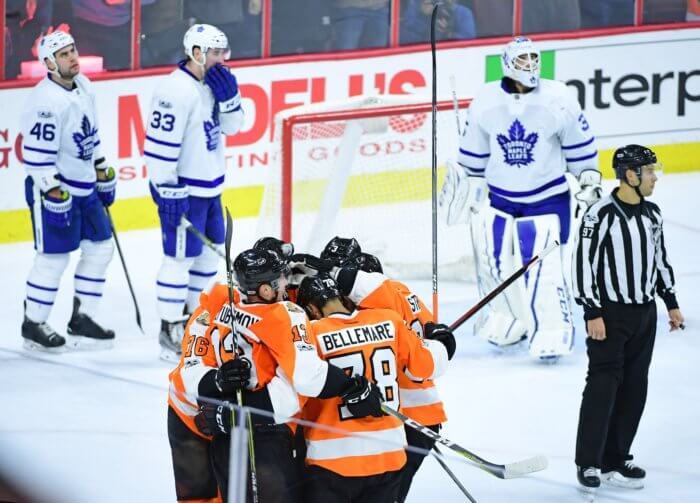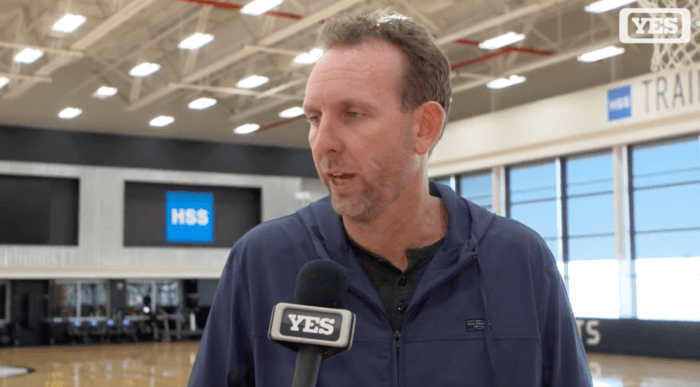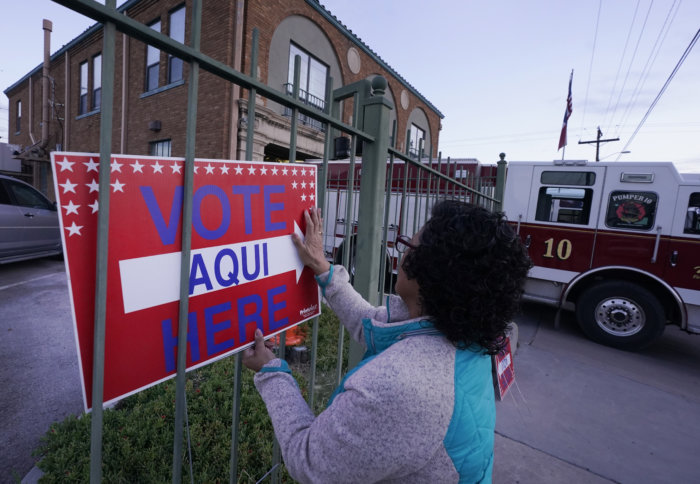As most readers already know, the Phillies are sitting in the basement of the league with a record of 28-58. It has been a difficult rebuild for the players, coaches, and fans involved since it officially started in 2014 (although the team has not made the playoffs since 2011), and many fans are questioning whether or not the rebuild is actually going to bring the team success. In this article, the Phillies rebuild will be compared to the successful one’s of the Houston Astros and Chicago Cubs to see if they truly are on the right track.
By the Record:
One of the reasons that many fans have been skeptical of the Phillies rebuild is that they have seemingly taken a step back in terms of their record. After a terrible 63-99 2015 season, the Phillies improved to a 71-91 record last season, giving many fans hope for further improvement this season. However, the Phillies are 28-58 so far, on pace for a 53 win season (which is very,very bad). So if the Phillies are claiming to be getting closer to contending, why does it seem that they are taking a step back? We will dig into that a bit more in a later section, but right now we can take a look at the records of the Astros and Cubs throughout their rebuild.
Prior to 2015, the Astros last season in which they finished over .500 was 2008, and their last trip to the playoffs was in 2005. When the Astros committed to their rebuild, they endured 3 consecutive seasons in which they had 100 losses, their worst being a 51-111 season in 2013. However, a mere 2 seasons later, the Astros made the postseason via a wildcard spot in 2015 with a record of 86-76, and just missed it last season with a record of 84-78. So far this season, it is clear the Astros rebuild will at least be a moderate success. So far, they have a record of 59-29, putting them on pace for 109 wins. Clearly, their rebuild is turning out to be a very successful one.
Prior to 2015, the Cubs last postseason appearance came in 2008, and they were last above .500 in 2009. While they never endured seasons quite as bad as the Astros did (At this point the two teams were in the same division, so it was very unlikely that both teams could really get much worse), the Cubs were still terrible throughout their rebuild, with 5 consecutive seasons finishing under 75 wins from 2010-2014, their worst being 61-101 in 2013. Of course, the Cubs won 97 games in 2015 and 103 last year, all culminating in their World Series championship last season.
Both the Astros and the Cubs had their worst season in 2013. That year was followed by improvements by both teams in 2014 (Astros went 70-92, Cubs 73-89), seeing the teams make the playoffs the following year. The point? Turnarounds can happen very quick for a rebuilding team, if the rebuild is done right. It makes sense that the Phillies, Astros, and Cubs would all have their worst records just before they start to contend. All three teams had/have a mix of journeymen and young players fighting for their futures with the clubs, and with no proven veterans on the team, the record will be bad. The Cubs and the Astros both did a good job of developing quality young talent in the majors and the minors, which allowed for the teams to become so good so quickly. The same could happen for the Phillies, as long as the same talent is there. So is it?
The talent:
As I mentioned earlier, the Phillies record, or any other rebuilding team’s record, for that matter, does not tell the entire story. When a team is rebuilding, it looks for key things from its players in the majors: Are they developing the way the team expected? Are they pieces that can contribute to a championship caliber team in the future? When it comes to the Phillies in 2017, unfortunately, not many of these players have been seen on the major league squad. Prior to the season, all eyes were locked on how third-baseman Maikel Franco, center-fielder Odubel Herrera, first-baseman Tommy Joseph, and pitchers Aaron Nola, Vince Velasquez, Zach Eflin, and Jerad Eickhoff would develop/improve from last season.
Franco and Herrera both have struggled this season, with both players’ future with the team being put into question. Joseph has mildly impressed, but with a seemingly better Rhys Hoskins waiting in the shadows, it is also unlikely that he will be a member of the Phillies future. Velasquez, Eickhoff, and Eflin have all been faced with injuries and inconsistencies, casting doubt on their futures with the team. However, it will soon be seen how they can rebound from their struggles throughout the rest of the 2017 season, which will truly tell whether or not each right hander has a future with the team. Andrew Knapp has shown himself to be a decent starter, but will likely become a valuable backup to Jorge Alfaro over the next couple of years. Right-handers Ben Lively and Nick Pivetta have not dazzled, but both have showed the potential to be a part of a Phillies rotation in the future. However, neither will be stars and both have relatively low ceilings has starters. The only somewhat consistent players who could be a part of a bigger future this season have been Aaron Nola and surprise breakout Aaron Altherr. Nola struggled at the beginning of the year, but after a couple weeks off due to injury, the LSU product has shown consistency the past month, and he could be a solid piece of the rotation to the future. Altherr came out strong from the gate, and his strong arm, good defense, and solid offense could make him a formidable 5th or 6th hole hitter on a championship team. So how does this, the Phillies only having a couple pieces with a really good chance at contributing to the future and a couple guys with outside chances, compare to that of the Cubs and the Astros just prior to their respective playoff runs?
The 2013 Houston Astros 25 man-roster included 2 true great pieces that would aid in its playoff run: Second baseman Jose Altuve and starting pitcher Dallas Keuchel. While Altuve was already a star, it is important to note that in 2013, Keuchel had an ERA above 5, and looked not at all to be a part of the Astros future, which is something to keep in mind when assessing the Phillies and guys like Velasquez, Eickhoff, and Franco.
Similarly, the 2013 Cubs only had two major pieces, with one, similarly to Keuchel, not looking much like a star that year. One major piece to their future on the team was first-baseman Anthony Rizzo, and the other, Jake Arrieta, was acquired midseason. Arrieta had his breakout year in 2015, which is no coincidence as it was the first year the Cubs made the playoffs after their rebuild.
So what can be learned from this? First of all, fans should not be taken aback by the Phillies lack of talent on the major league roster right now. Most of their players who are bringing the team down will not be a part of the franchise for much longer. In two years, fans will not have to deal with Cameron Rupp, Adam Morgan, Joaquin Benoit, or Jeremy Hellickson, so it is not fair to evaluate the team’s future on the performance of these players. However, this is only half the battle for the Phillies. While not keeping the non-talented players around is clearly important, the team must also have a plethora of talented, young prospects to replace the players that leave.
When looking at the farm system of the Phillies, a few things stick out. The first is, oh my, they are deep in the outfield. Per MLBPipeline.com, the team has 5 outfielders in their top 10 prospects, not even including Adam Haseley, who was taken in the first round of this year’s draft. This is serious depth, considering the team already has at least one long term outfielder in Aaron Altherr and the chance at another in Odubel Herrera. In addition to Haseley, Mickey Moniak, Cornelius Randolph, Dylan Cozens, Roman Quinn, and Nick Williams (who recently made his debut with the major league club) all look to compete for outfield spots in the future, with others, including Carlos Tocci and Andrew Pullin, as dark horse candidates for the spots as well.
The team does not necessarily have immediate depth in the infield with their prospects, but do have a player at each position other than third base that could be starters by 2018. At shortstop, the Phillies top-prospect J.P. Crawford has struggled the past couple of years in the minors, but his great plate approach should still lead him to a starting spot on the team by 2018. Second baseman Scott Kingery has impressed thoroughly this season, and will likely make an impact as a starter sooner than later. Once Tommy Joseph is traded (which should happen sooner than later), Rhys Hoskins will immediately become the Phillies first-base regular. The only position that the Phillies truly lack a starter for the future is third base, where the team may have to look in free agency.
The team also has a good amount of pitching depth in their farm system, but most of their current wave of prospects is already in the majors in Nola, Velasquez, and right handers Nick Pivetta and Ben Lively. Other than these four, the only other starting arms that could be making an impact and are already in the system are Tom Eshelman, Jake Thompson and Mark Appel. If the Phillies goal is to finish the rebuild by 2019, their arms in the system may not be enough to do it. But, the Phillies are loaded with young arms in A and A+ ball, spearheaded by 18 year-old standout Sixto Sanchez and accompanied by Franklyn Kylome, Adonis Medina, JoJo Romero, Nick Fanti, and others. These are all pitchers that will not be major league ready until 2019 or 2020, and will not make a significant impact until 2020 or 2021. However, there is a way that the Phillies can use these great arms to put an end to their rebuild sooner than later. The Phillies can use their depth in the farm system to trade for established stars once their rebuild is complete, but a bit more on that later.
The biggest concern here, and the one that is most often brought up by fans and experts, is that the Phillies don’t have a superstar in the making in their minor league system. This is not to say that the team hasn’t amassed a respectable farm system, because it has. Several of the team’s prospects fit right into the “very good” category, and many more are above average. But, the Phillies do not have a Mike Trout, a Bryce Harper, a Clayton Kershaw, a Carlos Correa, or a Kris Bryant. In 2013, the Astros farm system was lead by shortstop Correa, and also had outfielder George Springer and starting pitcher Lance McCullers Jr. in the top 5. Other than these 3 players, however, the Astros really did not have that impressive of a farm system. Similarly, the Cubs farm system was not all that impressive either. Of course, it was lead by Bryant, who is an undeniable superstar. But, the system had no great pitching prospects, and other than outfielder Jorge Soler and infielder Javier Baez, it had no other players that impacted the playoff runs of the future.
Honestly, this information surprised me. The Phillies may not have a Kris Bryant or a Carlos Correa, but they have far more depth than the Astros and Cubs had just two years prior to the end of their rebuilds. But which is more important, the superstar or depth? Most playoff teams will be lead by a superstar- just look at the teams contending this year. The Yankees have Aaron Judge, the Red Sox have Mookie Betts, the Indians have Fransisco Linor, the Astros have Correa, the Dodgers have Corey Seager and Kershaw, the Nationals have Harper, and the Cubs have Rizzo. Unless a Phillies prospect really breaks out, the team will still need to look outside of its own system for stars to help lead them to the promise land. Luckily, though, the team’s depth will have a solid core to add a superstar to when the time comes.
Free Agents and Trades:
Usually, a big advantage a rebuilding team has is that it will have plenty of money to throw at talented free-agent players. For the rebuild to work, the Phillies will need to have a solid core of young, homegrown players in order to even begin to succeed. Next, the team will need to sign free-agent studs and trade for players that will help bring the team success. First, with free-agency. The Phillies have one contract past 2017 that is even relatively noteworthy, and that is that of Odubel Herrera, a contract that only pays $30.5 million over 5 years. This leaves the Phillies, a high-market team that has a great, new TV deal with CSN, with a ton of money to throw at players that could help the team. Examples of these players could be ace Yu Darvish, who is a free agent at the end of this season. Intriguing options following 2018 include outfielder Bryce Harper and third-baseman Manny Machado, both of whom would require a significant financial commitment but could bring a star to the team, and as mentioned before, the Phillies lack a superstar in their system. In addition to the superstars, the Phillies could add many more players in reliable arms and bats that can add a veteran presence to the team.
The Cubs added Jon Lester prior to the 2015 season to put an ace in their rotation, and signed CF Dexter Fowler to leadoff their lineup that included the aforementioned Rizzo and in May added Bryant. When evaluating the performance of the Cubs in 2015, it is important to note that their best player was Jake Arrieta, who was acquired in the trade in 2013. Of course, the Cubs later added Ben Zobrist, Jayson Hayward, and John Lackey to help win their World Series the next year, so the completion of their rebuild did not come without outside help.
The Astros added Evan Gattis in a trade with the Braves before the season, but really did not add much to bolster their roster. The Astros truly relied on their core that year in Altuve, Correa, and Springer, and relied on great seasons from starting pitchers Keuchel and Collin McHugh.
As mentioned before, the Phillies depth throughout the minors could help them in more ways than one. The team has the firepower to trade for just about any player in the league, and this could come in handy in the years to come. The ability to sign great free-agents coupled with this farm system puts the team in excellent position to strike when the time is right.
Other Factors:
It is worth noting that while the Astros completed their rebuild in a pretty bad division, the Cubs did it in the best division in the league that year. The Cubs were 3rd in the division that year although they won 97 games, as mentioned earlier. The Phillies will likely be in a strong division for the next several years as they try to complete their rebuild, and the Atlanta Braves and Washington Nationals both pose serious threats to the Phillies chances at getting to the playoffs over the next couple years.
As the Cubs showed, it will not make it impossible, but it could certainly be a factor that makes it harder for the Phillies to contend.
Conclusion: The moves by both Ruben Amaro Jr. and Matt Klentak have set the Phillies up for a chance at success: this is undeniable. However, the success of the rebuild is not a sure thing. Klentak will need to make solid moves to add players to the team that can help bring the team wins. It would not be wise to give big contracts to players past their prime, such as the one the Arizona Diamondbacks gave to Zach Grienke the offseason prior to 2016. He needs to add players in their or close to their prime to surround the young core in order to give the team the best chance to have a large window of opportunity to win.
As bad as this season has been, the Phillies are still primed for success sooner than later. Their great depth in the farm system throughout all levels and their ability to sign just about anyone in free agency sets them up perfectly to have a team contending in 2019. So, Phillies fans, do not fret: the rebuild is still on the right track, and should be complete soon.
Mandatory Credit: Bill Streicher-USA TODAY Sports
